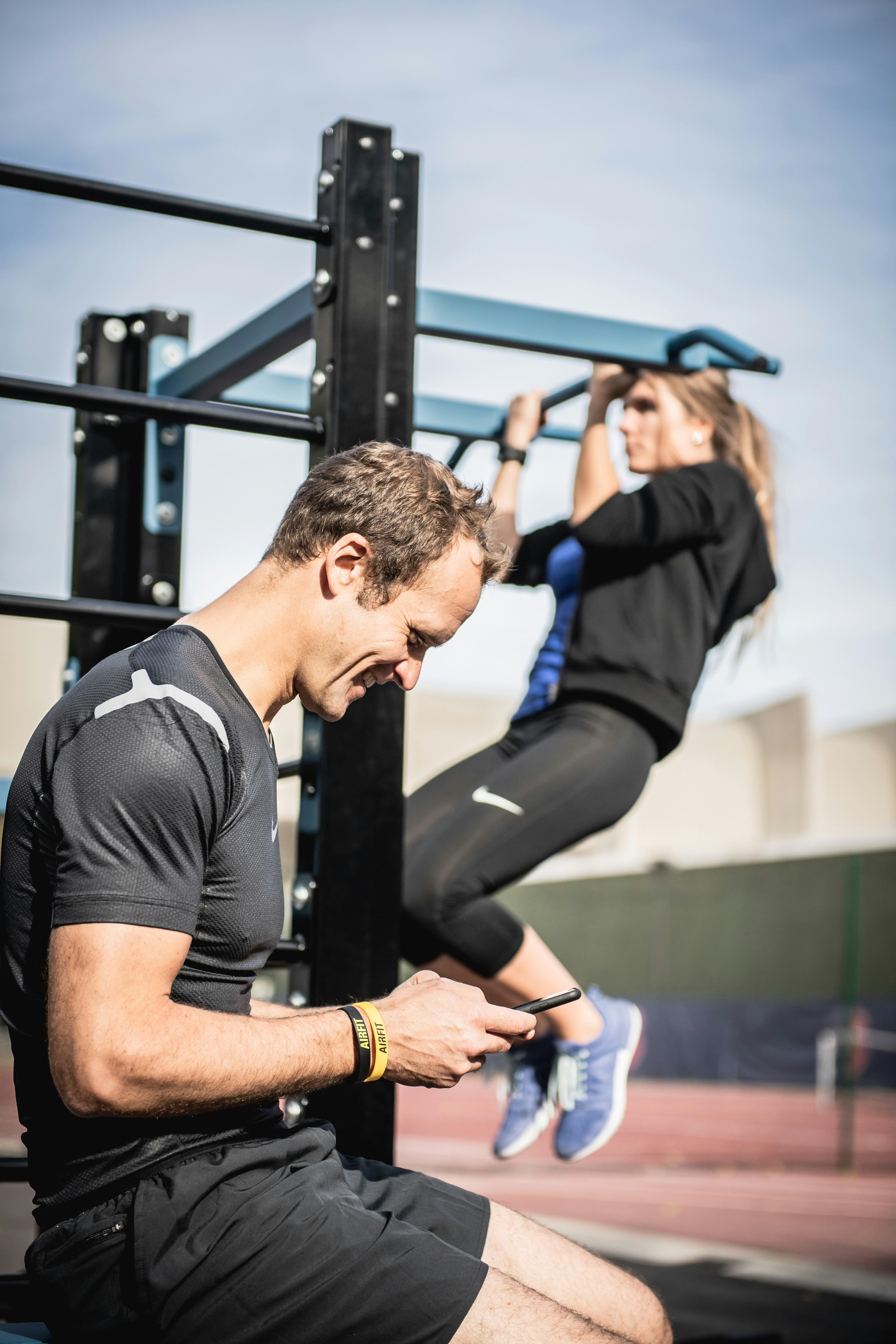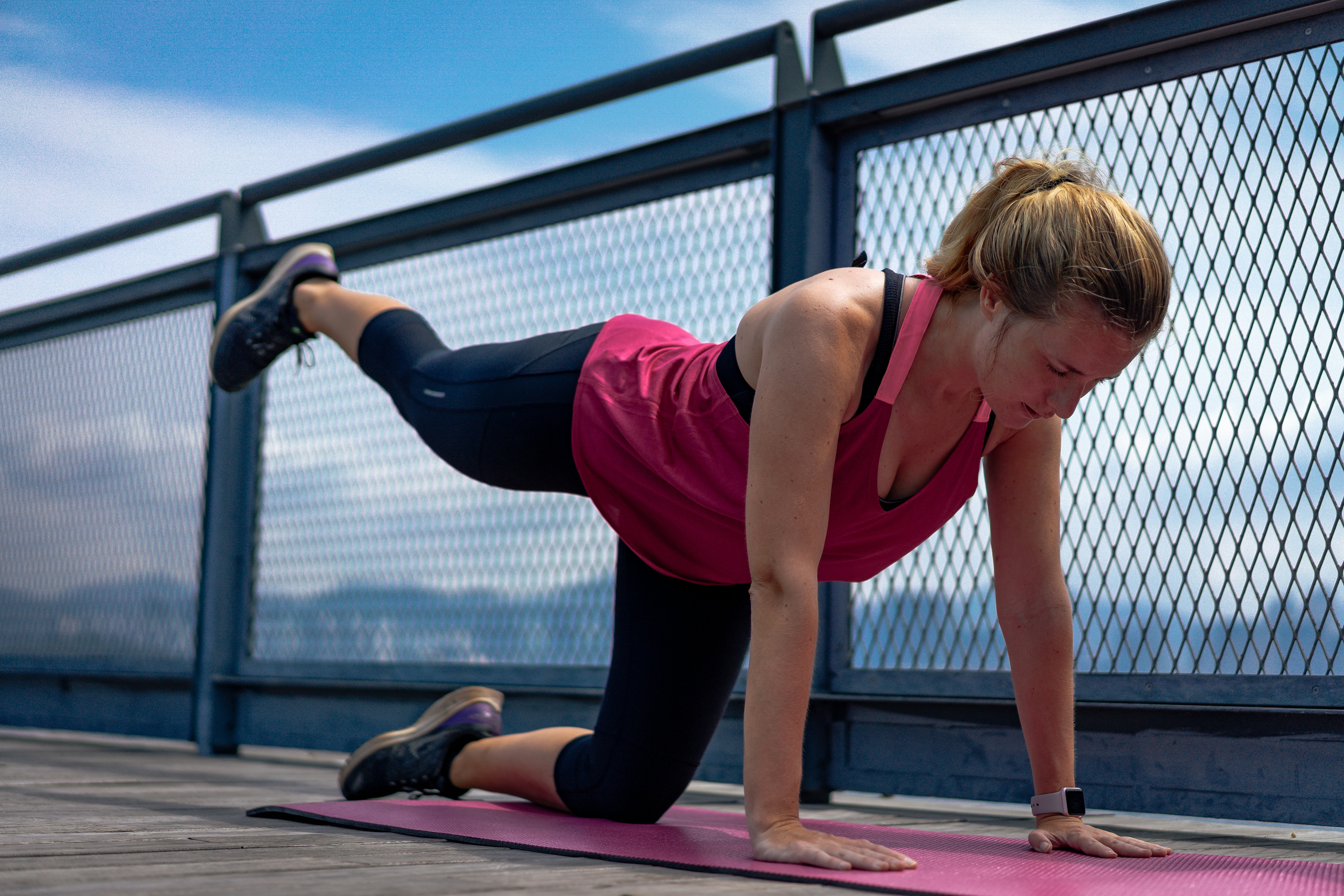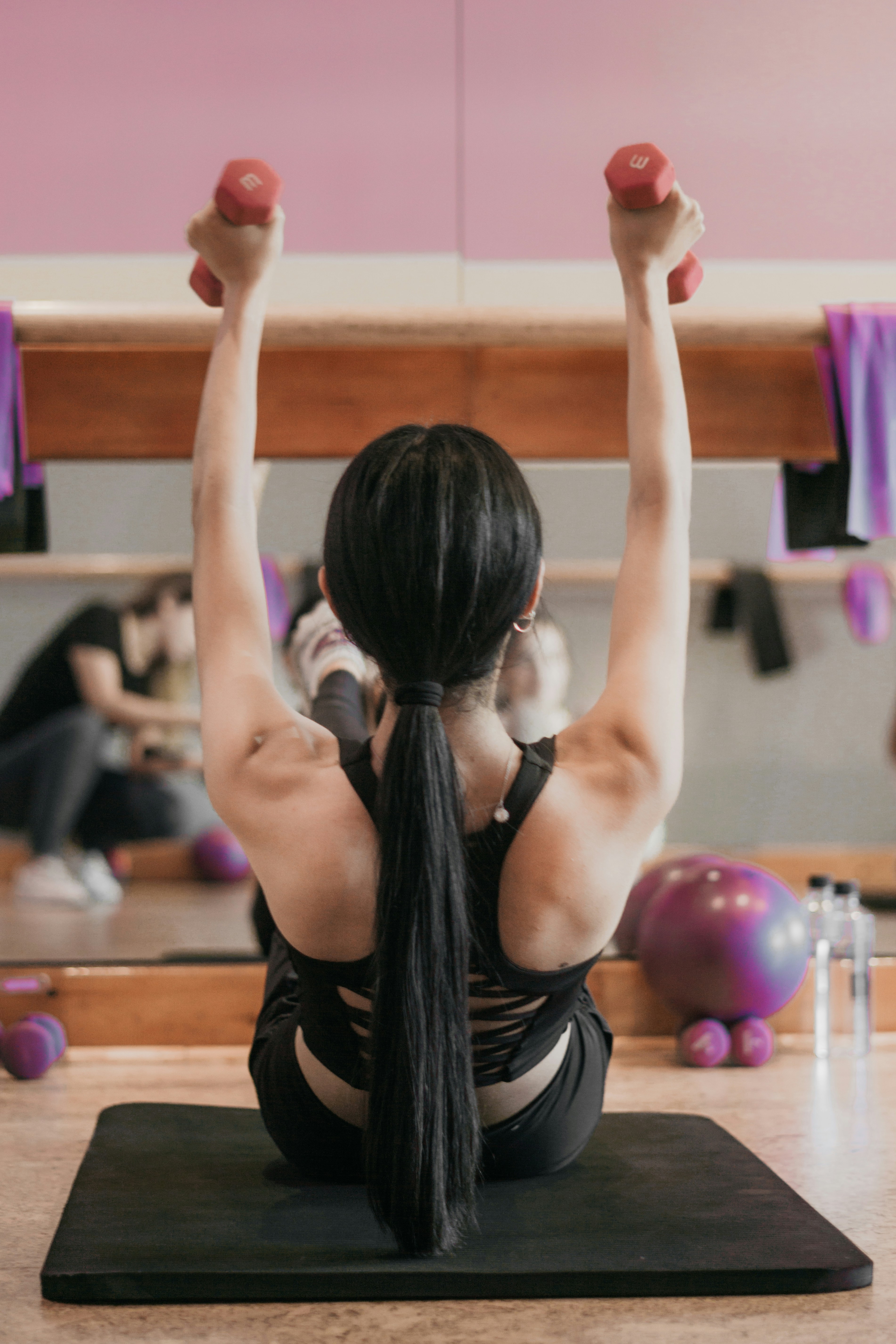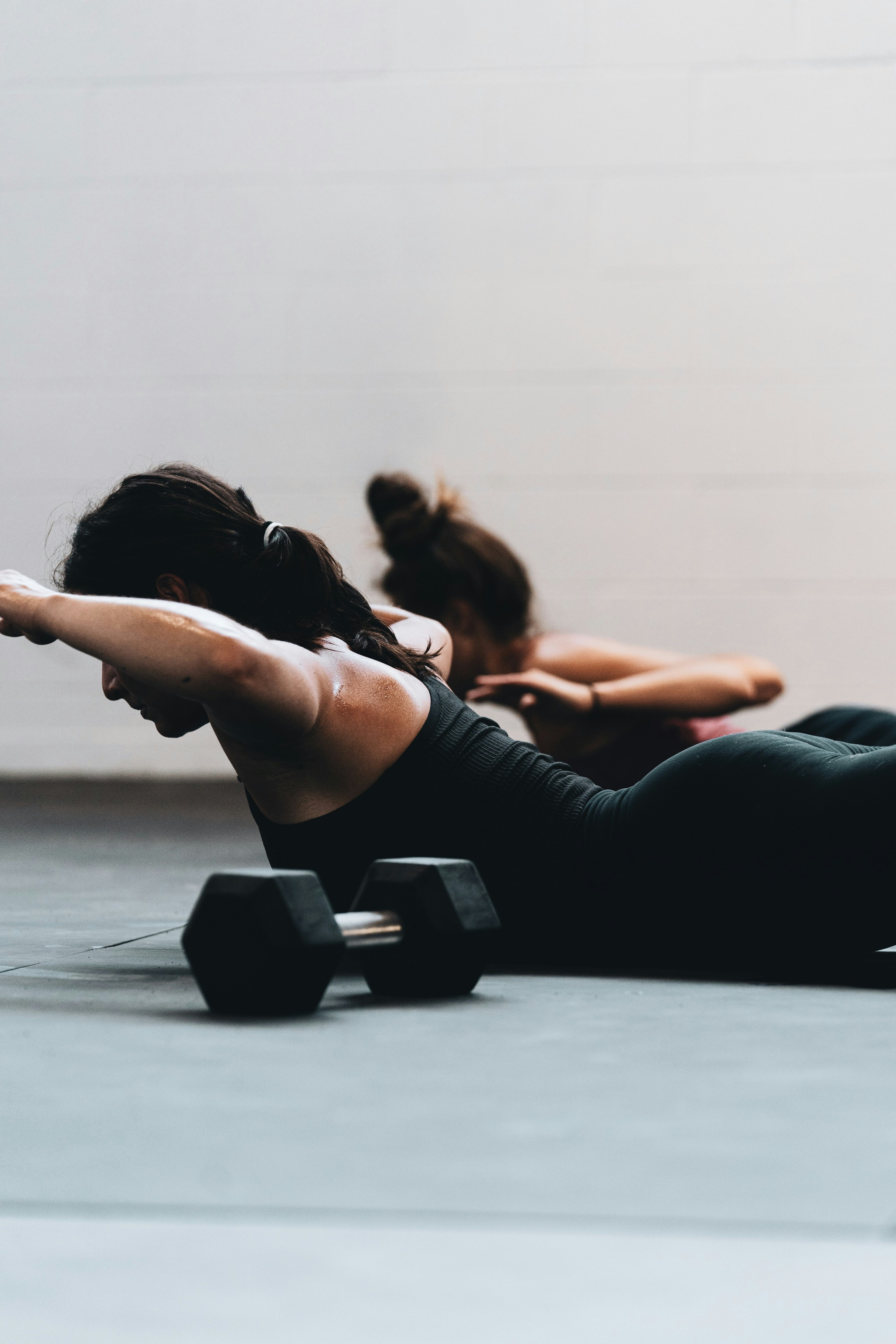Fitness Tips for Different Age Groups: How to Train in Your 20s, 30s, and 40s

Fitness Tips for Different Age Groups: How to Train in Your 20s, 30s, and 40s
"Age is just a number. Fitness is a lifestyle." – Unknown
Introduction
As we age, our bodies change, and so do our fitness needs. Whether you’re in your 20s, 30s, or 40s, your approach to fitness should evolve to reflect your body’s current condition, goals, and capabilities. While the fundamentals of fitness remain the same — strength training, cardiovascular exercise, and flexibility — how we incorporate these elements into our routines can differ greatly depending on our age.
In this article, we’ll break down the key fitness tips for each decade to help you optimize your workouts for maximum health, performance, and longevity.
1. Fitness in Your 20s: Building Strength and Stamina
Key Focus: Establishing a Strong Foundation
Your 20s are the prime time to build a strong foundation for a lifetime of fitness. At this age, your body is still relatively resilient, and you can handle a variety of workouts without worrying too much about recovery or injury. However, this is also the time to lay the groundwork for long-term health by focusing on building strength, endurance, and flexibility.
What to Focus On in Your 20s
1. Strength Training
- Why it matters : Your 20s are an ideal time to focus on building muscle strength. Strength training helps increase muscle mass, boost metabolism, and improve bone density. It also sets the stage for healthier aging.
- How to do it : Aim for 2-3 days a week of strength training, incorporating compound movements like squats, deadlifts, and bench presses. These exercises work multiple muscle groups and provide the most efficient gains.
2. Cardiovascular Health
- Why it matters : Cardio helps improve heart health, lung capacity, and overall endurance. In your 20s, you can often tolerate high-intensity training, so activities like running, cycling, or HIIT (High-Intensity Interval Training) are ideal.
- How to do it : Incorporate 3-5 sessions of cardiovascular exercise each week, varying the intensity to challenge your body and improve stamina.
3. Flexibility and Mobility
- Why it matters : Flexibility helps prevent injuries and improves your range of motion. While you’re still relatively flexible in your 20s, maintaining this flexibility will help you as you age.
- How to do it : Include stretching and mobility exercises in your routine, focusing on dynamic stretches before workouts and static stretches after. Yoga and Pilates are great options to enhance flexibility and reduce stress.
2. Fitness in Your 30s: Focusing on Recovery and Preventing Injury
Key Focus: Preventing Decline and Focusing on Recovery
By your 30s, your body begins to show subtle signs of aging, such as slower recovery and a decrease in muscle elasticity. While you’re still capable of performing intense workouts, it's crucial to prioritize recovery and avoid overtraining. The key in your 30s is maintaining muscle mass, staying active, and focusing on injury prevention.
What to Focus On in Your 30s
1. Strength Training and Muscle Maintenance
- Why it matters : After 30, you begin to lose muscle mass at a rate of about 1% per year, making it important to maintain muscle through regular strength training.
- How to do it : Aim for 3 days a week of strength training. Focus on compound lifts and progressive overload (gradually increasing weight or reps) to keep building muscle and boosting metabolism. Don’t forget to add in core exercises for stability and posture.
2. Recovery and Rest
- Why it matters : Your recovery time increases as you age, so it’s important to give your body enough time to rest and rebuild. Neglecting recovery can lead to burnout and injuries.
- How to do it : Ensure you get adequate sleep (7-9 hours per night) and allow muscle groups 48 hours of recovery before targeting them again. Active recovery days, such as walking, swimming, or yoga, can help alleviate stiffness and promote circulation.
3. Flexibility and Mobility
- Why it matters : As you get older, your muscles and joints become less flexible. Regular stretching and mobility exercises can keep you flexible and reduce the risk of injury.
- How to do it : Incorporate dynamic stretching before your workouts and static stretching afterward. Consider adding yoga or foam rolling to enhance joint mobility and keep muscles pliable.
4. Cardiovascular Health
- Why it matters : Maintaining cardiovascular health is crucial in your 30s to prevent heart disease and maintain energy levels.
- How to do it : Include 2-3 sessions of moderate-intensity cardio (such as cycling, jogging, or swimming) in your weekly routine. Interval training can also be a good way to maintain cardiovascular health without overtaxing your joints.
3. Fitness in Your 40s: Prioritizing Joint Health and Longevity
Key Focus: Maintaining Strength, Flexibility, and Preventing Joint Wear
By your 40s, your body starts to experience noticeable changes, such as a decrease in collagen production, which can affect joint health and mobility. This decade is all about maintaining the fitness you've built, staying active, and focusing on long-term health and injury prevention.
What to Focus On in Your 40s
1. Strength Training with Joint Protection
- Why it matters : Maintaining muscle mass is essential in your 40s to offset the natural muscle loss that occurs with aging. However, it’s important to train smart and focus on joint health.
- How to do it : Continue strength training, but adjust your routine to reduce the strain on your joints. Avoid heavy lifting with improper form, and consider lower-impact exercises such as machine-based resistance training or bodyweight exercises. Focus on working all major muscle groups, especially the back and core, to improve posture and support daily activities.
2. Functional Movement and Balance
- Why it matters : Balance and functional movement become more critical as you age to prevent falls and maintain mobility. Incorporating balance exercises can improve stability and reduce the risk of injury.
- How to do it : Add exercises that challenge your balance, such as single-leg exercises (e.g., single-leg deadlifts) or using stability balls. Include functional movements like squatting, lunging, and bending to mimic everyday tasks and improve overall mobility.
3. Stretching, Mobility, and Joint Health
- Why it matters : Joint health becomes increasingly important in your 40s. Regular stretching and mobility exercises can help you maintain flexibility, reduce stiffness, and protect your joints.
- How to do it : Prioritize stretching and mobility work at the start and end of each workout. Yoga and Pilates are excellent choices for maintaining flexibility, improving posture, and strengthening muscles without excessive strain on the joints.
4. Cardiovascular Health
- Why it matters : Cardiovascular health becomes increasingly important to maintain in your 40s. Regular cardio helps reduce the risk of heart disease, high blood pressure, and other age-related conditions.
- How to do it : Incorporate low-impact cardio, such as cycling, swimming, or walking, to avoid stress on your joints. Aim for 3-4 sessions per week to maintain heart health.
4. Conclusion
Fitness in your 20s, 30s, and 40s can look very different, but the principles of staying active, maintaining strength, and caring for your body remain consistent. In your 20s, focus on building a solid foundation of strength and endurance; in your 30s, prioritize recovery and muscle maintenance; and in your 40s, focus on joint health and functional fitness.
Regardless of your age, it’s essential to listen to your body and adjust your routine to fit your needs. Consistent, mindful exercise will help you stay fit, healthy, and mobile as you age, ensuring you can continue to live an active lifestyle for years to come.
References
- American College of Sports Medicine. (2017). ACSM’s Guidelines for Exercise Testing and Prescription .
- Jéquier, E., & Tappy, L. (2004). Regulation of body weight in humans . Physiological Reviews.
- Keadle, S. K., et al. (2016). Physical activity and all-cause mortality in older adults: A review of the literature . Journal of Aging and Physical Activity.




